A triangle with all three sides the same length and all angles equal.
What is an Equilateral Triangle?
ALL IN!
Two lines that never meet.
What are parallel lines?
LOSE IT!
A quadrilateral has two pairs of opposite sides that are equal in length.
What is a parallelogram?
A triangle with two sides the same length and two angles equal.
What is an isosceles triangle?
DOUBLE JEOPARDY!
The difference between a line and a ray.
Why do lines extend infinitely in both directions, while a ray starts at a point and extends infinitely in one direction?
ALL IN!
The difference between a square and a rectangle.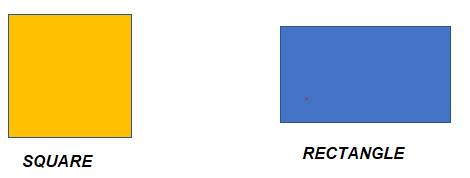
Why does a square have four equal sides and four right angles, while a rectangle has opposite sides that are equal and four right angles, but the sides are not necessarily all the same length?
LOSE IT!
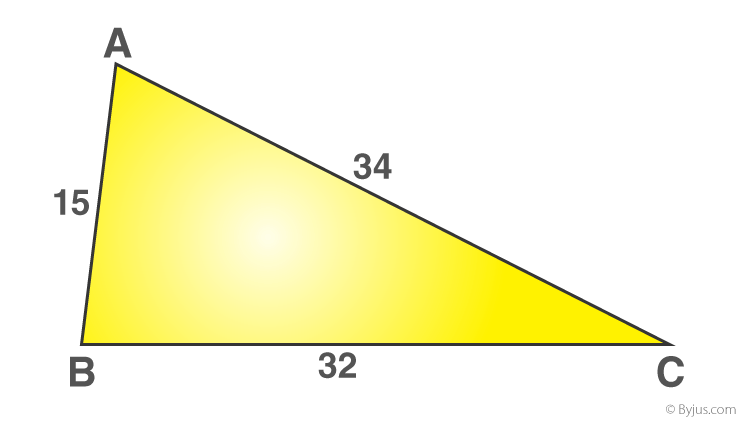 This is a ____________ triangle.
This is a ____________ triangle.
What is a scalene triangle?
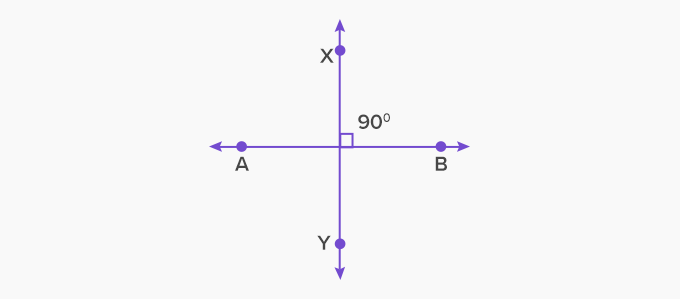 Two lines that intersect at a 90-degree angle are _________________.
Two lines that intersect at a 90-degree angle are _________________.
What are perpendicular lines?
DOUBLE JEOPARDY!
A shape that is formed when two diagonals intersect inside the shape, and the diagonals are perpendicular to each other, is a ____________.
What is a rhombus?

ALL IN!
The difference between an equilateral triangle, an isosceles triangle, and a scalene triangle.
- Why do equilateral triangles have all three sides equal in length and all three angles equal?
- Why do isosceles triangles have two sides of equal length, and the angles opposite of these sides are equal?
- Why do scalene triangles have three different sides and three different angles?
LOSE IT!
The number of lines of symmetry for each shape.
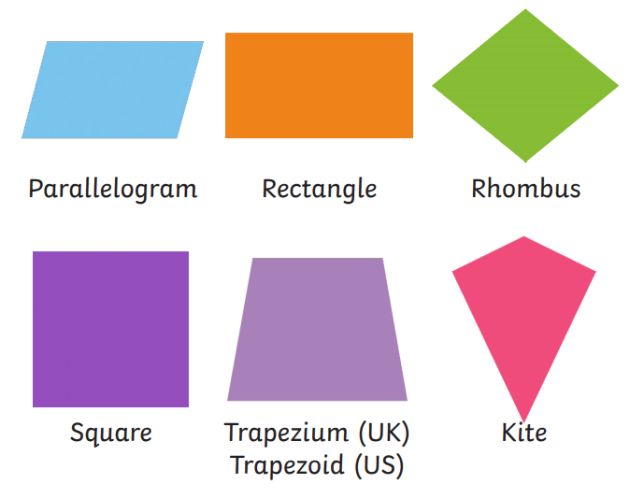
- What are 0 lines of symmetry?
- What are 2 lines of symmetry?
- What are 2 lines of symmetry?
- What are 4 lines of symmetry?
- What is 1 line of symmetry?
- What is 1 line of symmetry?
A quadrilateral that has one pair of parallel sides and no equal sides is a _____________.
What is a trapezoid?

This is a ____________________.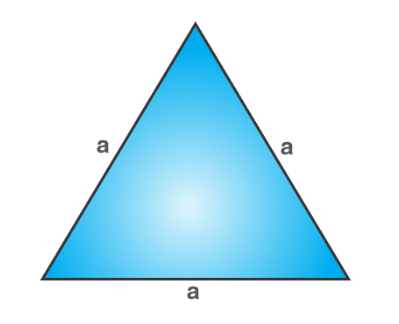
What is an equilateral triangle?
ALL IN!
These are all examples of _______ angles.
What is an acute angle?
DOUBLE JEOPARDY!
The characteristics of a rhombus and how it is different from a kite.
Why does a rhombus have all four sides of equal length, opposite angles are equal, and the diagonals intersect at right angles? And in contrast, why does a kite have two pairs of equal adjacent sides, but its diagonals are not equal in length, and one diagonal intersects the other at right angles?